
IN CONVERSATION WITH SOPHIE THATCHER
Sophie Thatcher, best known for her role in the critically acclaimed series…
Photography by Jason Renaud; Interview by Louise Garier
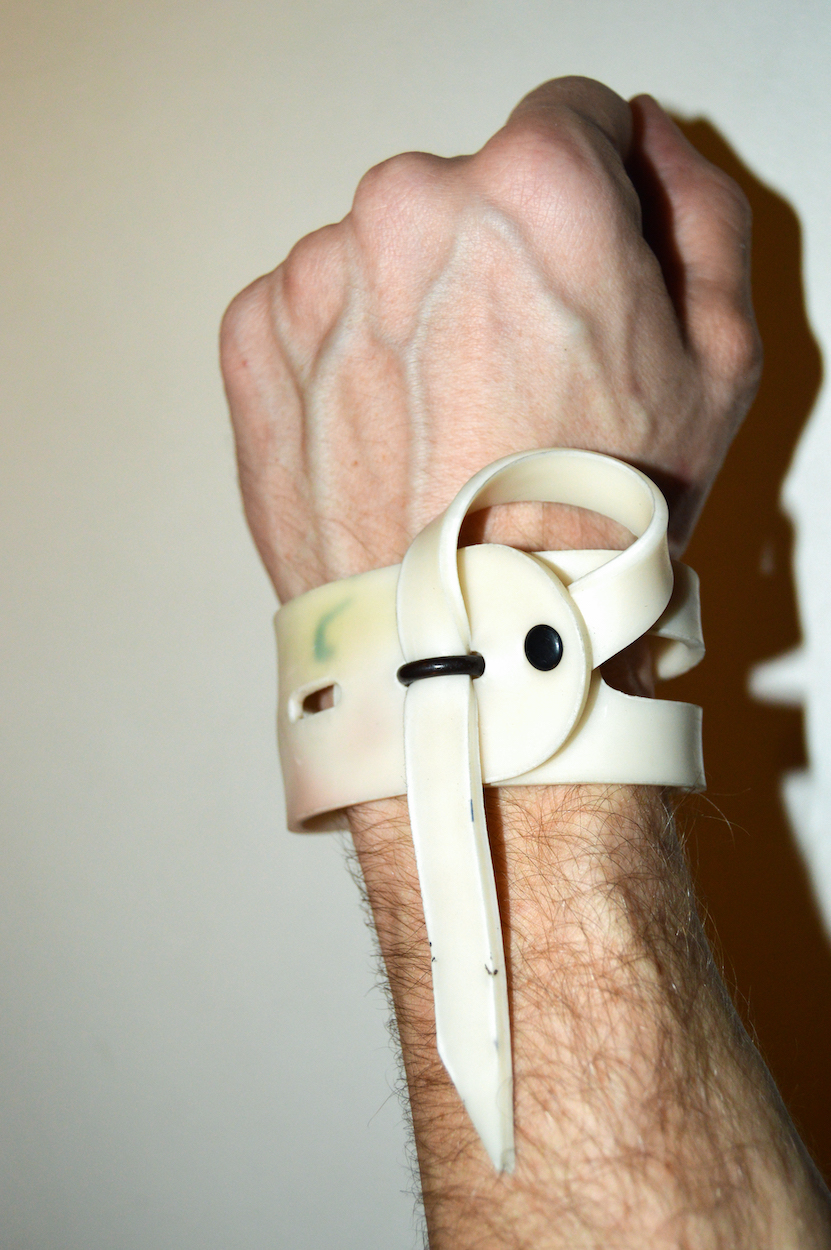
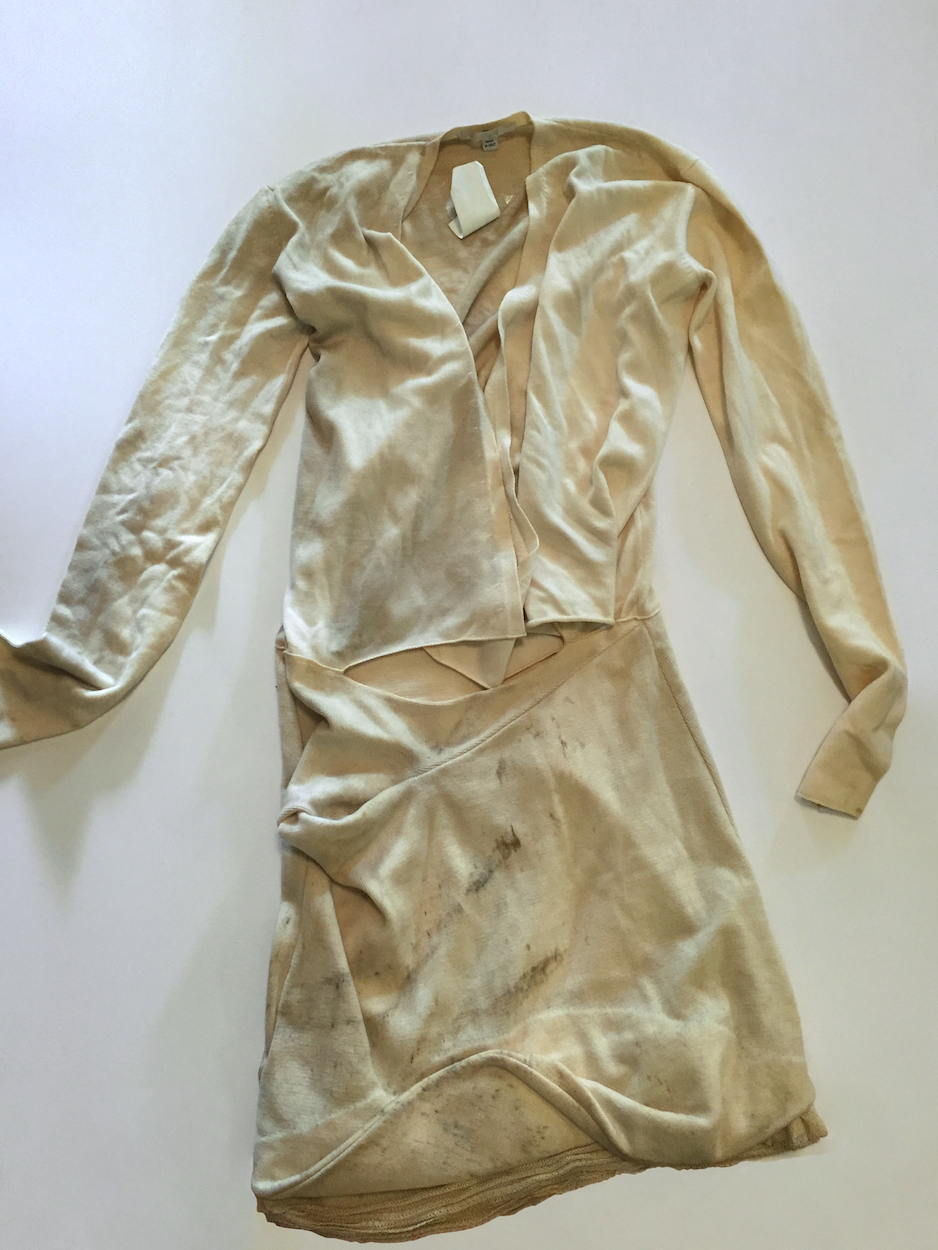
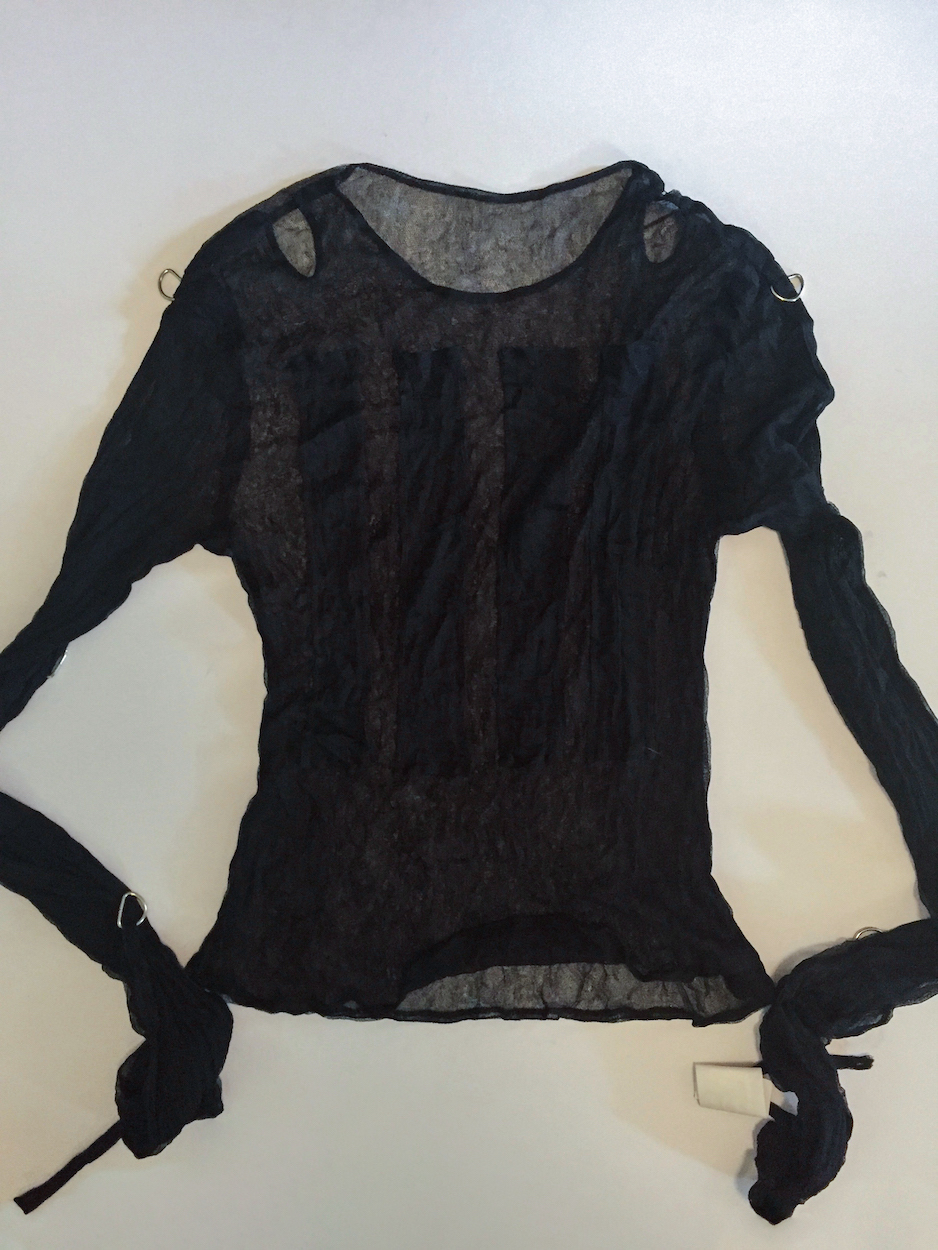
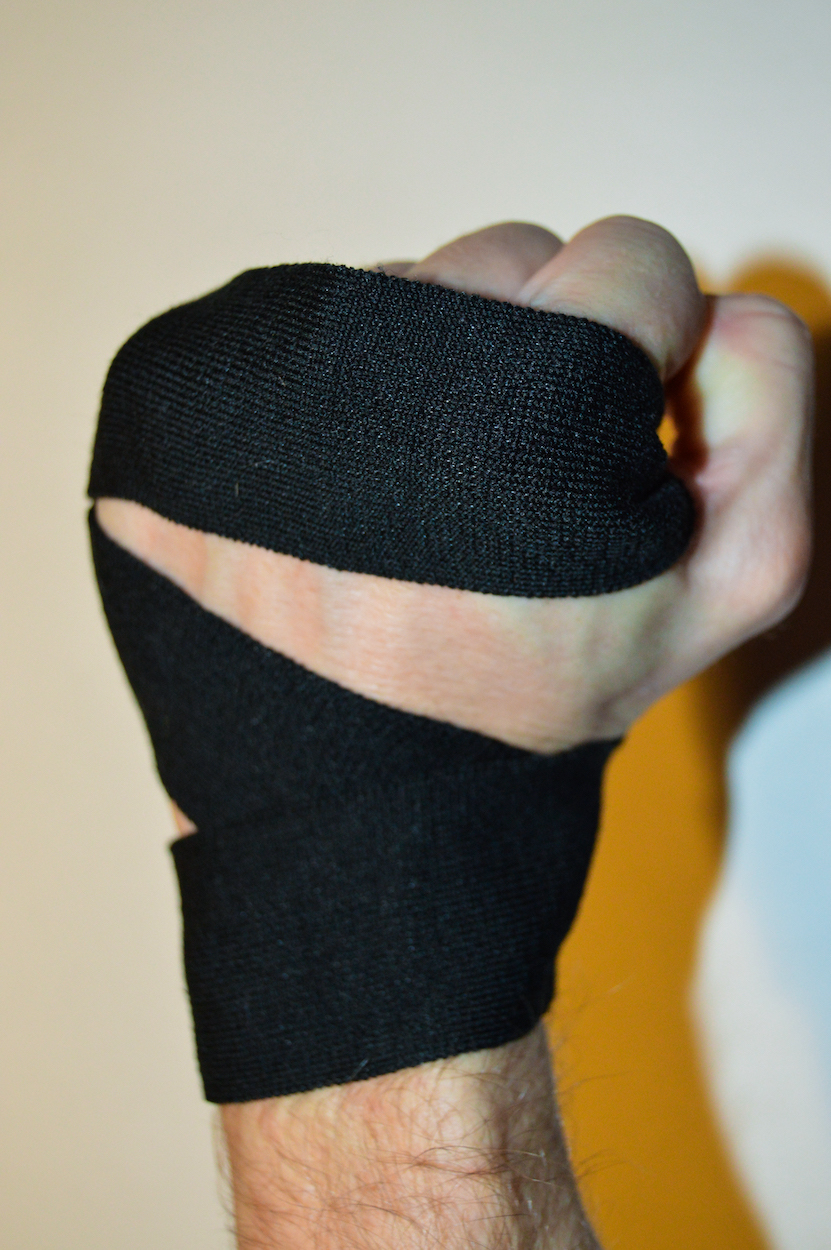
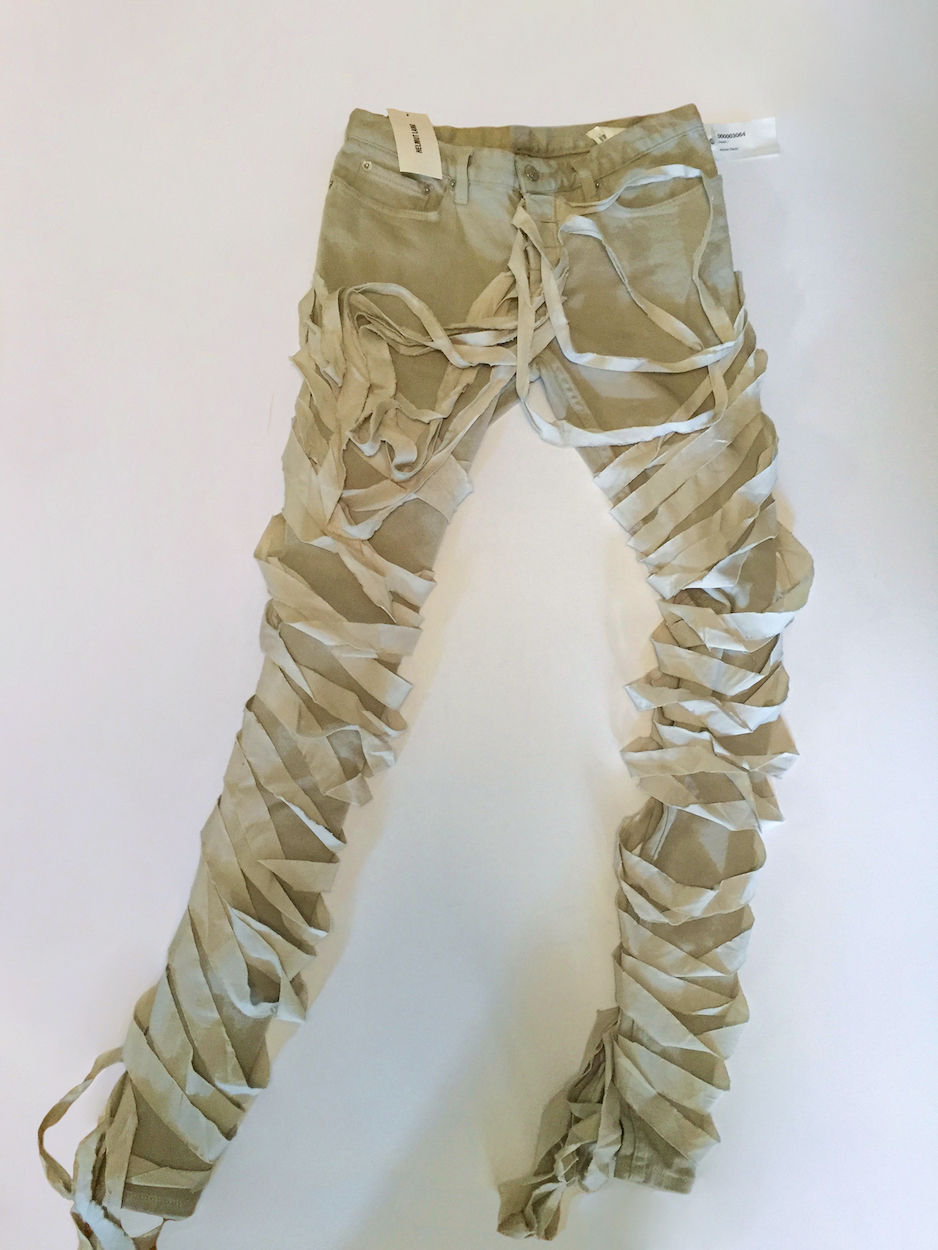
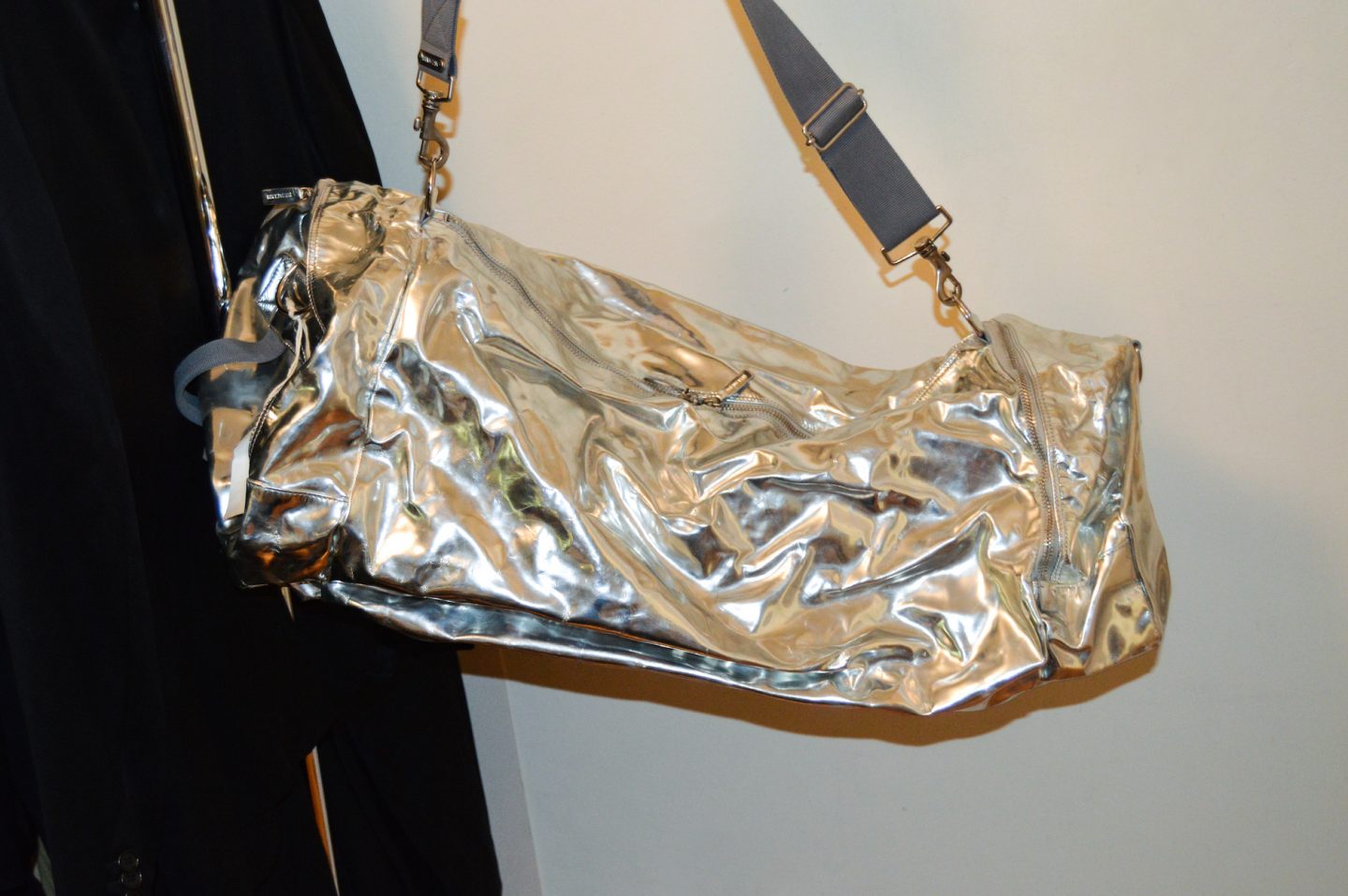

An immersive book, documenting more than 10,300 photographs of original pre-Spring / Summer 2005 Helmut Lang designs.
Baron presents a book featuring over 10,300 photographs of Helmut Lang’s pre-Spring/Summer 2005 designs, photographed by Joakim Andreasson between 2015-2017. The images, salvaged from a 2010 fire that destroyed the former designer’s archive, were later sold off on Ebay and private collectors. The book serves as a comprehensive survey of Helmut Lang designs, with editing determined by the catastrophic circumstances.
Joakim Andreasson is a creative director, curator and catalyst of creative projects in the commercial sphere. He started his career with prominent brands and organizations in fashion, art and design. Upon graduation from Parsons School of Design, Andreasson joined Helmut Lang in New York, where Mr. Lang created a position for him in the press office. He oversaw Mr. Helmut Lang’s studio and transition from fashion designer to artist, from 2005-2012. In 2017, he established CULTUREEDIT’s online retail arm in Hollywood, featuring solo exhibitions by artists like Mel Odom, Jack Pierson, Bruce LaBruce, and Pol Anglada.
The book encompasses a visual encapsulation of apparel and accessories that were salvaged from a now infamous 2010 fire that ripped through the SOHO (New York) building that housed Lang’s personal archive and were years later sold off.
After having gone through what was salvageable from the fire and donating hundreds of looks and stand-alone pieces to museums around the world and using the damaged pieces as raw material for Lang’s sculptures, we were left with thousands of pieces that without the context of an archive did not serve much purpose. We discussed ways how these could be sold without turning it into a media spectacle, and I offered to do it for him with my assistant from Los Angeles on eBay. He agreed, and about two weeks later around 30 boxes showed up at my one bedroom apartment across the street from Chateau Marmont.
I saved all the pictures that I had created over the course of unloading the archive, and last year, ten years after the fire and about two years after parting ways with Helmut, I felt it was time to do something with this material and somehow make this experience my own and take artistic ownership of the documenting process.
In terms of significance, I think it is more the documentation of a circumstance rather than the representation of one man’s work. The body of work encompasses more than 10,000 photographs that in its seriality and entirety represents Lang’s consistent language throughout his designs. It is not meant to serve as a catalogue raisonne by any means. It serves more as a visual encapsulation of significant garments whose destiny got shifted through a catastrophic event. But that doesn’t mean it cannot be considered a point of reference in studying Lang’s work and history. It is also important to note that there has not been a single book published on Lang’s work in fashion to date.
“It serves more as a visual encapsulation of significant garments who’s destiny got shifted through a catastrophic event”
Personally, I like the idea of demystifying significant events that clearly have had a significant impact. I hope this book and series of images encourages members in fashion and art, industries that are heavily controlled and regimented, to present a more transparent view towards its audience. I have had this conversation with a number of creatives, and there are so many untold stories that are being embargoed. Being 100% independent and autonomous in everything I do, it is a privilege to share a story that otherwise could have been buried.
It wasn’t necessarily challenging. Matthew Holroyd who edited the book and also runs Baron Books was the perfect partner through the process. We both share a slightly anarchistic approach that allows for independent voices to be heard.
Eugene I met years ago around 2003 at a store in SOHO called Atelier, where I worked weekends while attending Parsons School of Design. The store had a cult following that carried designers that included Rick Owens, Raf Simons and Carol Christian Poell among others. It was right around the time that Helmut’s influential “return to Paris” SS03 and AW0304 collections came out, that appealed strongly to audiences that embraced independent designers of the time with a sense of punk-street-couture aesthetic. Eugene has followed the evolution of Lang from early on, but he has through his platform Stylezeitgeist and journalistic endeavors always been connected to an unfiltered pulse of the fashion industry and audiences, and I loved reading about his personal connection with Lang’s work. Yale Breslin I have yet to meet, but he has been an incredible supporter and responsive to my projects with Henzel Studio and Tom of Finland, and I have followed his career over the years. I have a feeling that he sees right through the bullshit, and is just honest and straightforward. Jeppe and I started chatting at the early stages of this book as I was very keen on having a younger academic’s take on Lang’s work and the present-day hyper hype around archival Helmut Lang, while having the freedom to express without the burden of appeasing anyone from the 90s fashion guard.
“having the freedom to express without the burden of appeasing anyone from the 90’s fashion guard”
AUTHENTICITY IS KEY
My first suit when I was 17 was a Helmut Lang suit. I bought my first designer jacket when I was 16 – a green nylon Helmut Lang jacket – Both from STIJL in Brussels. Early experiences also included visiting the Helmut Lang store in Vienna when I was 17 and buying a beige military-style patch knit sweater while obsessing over a pair of boots that had reflector detailing, as well as the Munich store, which used to be at the Bayerischer Hof and where I got a black sheer nylon tank. Fast-forward to college, my senior thesis was about matters of integrity vs commerce in the art/fashion dialogue, which Lang pioneered at the time – So I had both consciously and unconsciously set the path prior and stars were somehow aligned. That said, I only ended up working for Helmut Lang the fashion house for a few months as he resigned shortly thereafter. We worked together for almost 20 years, and I oversaw his transition from fashion to art.
“I oversaw his transition from fashion to art”
I have had the unique opportunity of working almost exclusively at the intersection of both art and commerce. The challenge always lies in finding a point where both fields co-exist and maintain equal integrity, authenticity and benefit. I have always pushed for creating something new that has value and stands on its own.
My history of curating and producing exhibitions is quite extensive at this point. My first exposure was while interning at The Guggenheim Museum in New York. I later initiated Lang’s first solo art exhibitions – First at The Journal Gallery in 2007 and shortly after at kestnersgesellschaft in Hanover in 2008, the latter being accompanied by an online exhibition produced by Absolut Vodka. Following Lang’s pioneering embrace of the internet in fashion, It was the first of its kind, and I embraced art exhibitions online well before its height during the pandemic, producing exhibitions with artists that include Bruce LaBruce, Jack Pierson and Mel Odom. I have also leaded exhibitions for a program of artist designed carpets I curate for Henzel Studio that includes more than 30 artists featuring Richard Prince, Mickalene Thomas, Marilyn Minter, Anselm Reyle, Carsten Höller, Juergen Teller and many more. At my gallery, we have produced about 20 shows, and we are next mounting a solo exhibition of new intimate drawing by Jwan Yosef, opening on June 18th.
I have always been guided by personal relationships, with one experience feeding the next. I naively work with the idea of creating exhibitions as interventions and unique experiences, rather than the idea of upholding a certain program or message. It allows for more room for experimentation and authentic outcome. I also find accessibility important, finding ways of stripping down any pretence and connecting on a more human level, which involves clearly communicating that you are an independent enterprise throughout.
“I naively work with the idea of creating exhibitions as interventions and unique experiences rather than the idea of upholding a certain program or message. It allows for more room for experimentation and authentic outcome”
It has now been exactly 10 years since I established my company, and I am for sure embracing the idea of change. I think each decade gives room to reflect and re-frame what’s ahead. The biggest project coming up is an exhibition documenting 10 years of the art rug program I developed with Henzel Studio. It will occupy MOCAs former building in West Hollywood as part of The Pacific Design Center’s gallery program during Frieze Los Angeles in February and will feature our current roster of artists as well as new releases.

Sophie Thatcher, best known for her role in the critically acclaimed series…
Photography by Jason Renaud; Interview by Louise Garier

"We have to create something that has a purpose and is useful. And not forced by the…
Interview Carolin Desiree Becker

Supporting Sydney’s cultural scene: This month’s collaboration reminds us of happy…
Interview by Sina Braetz